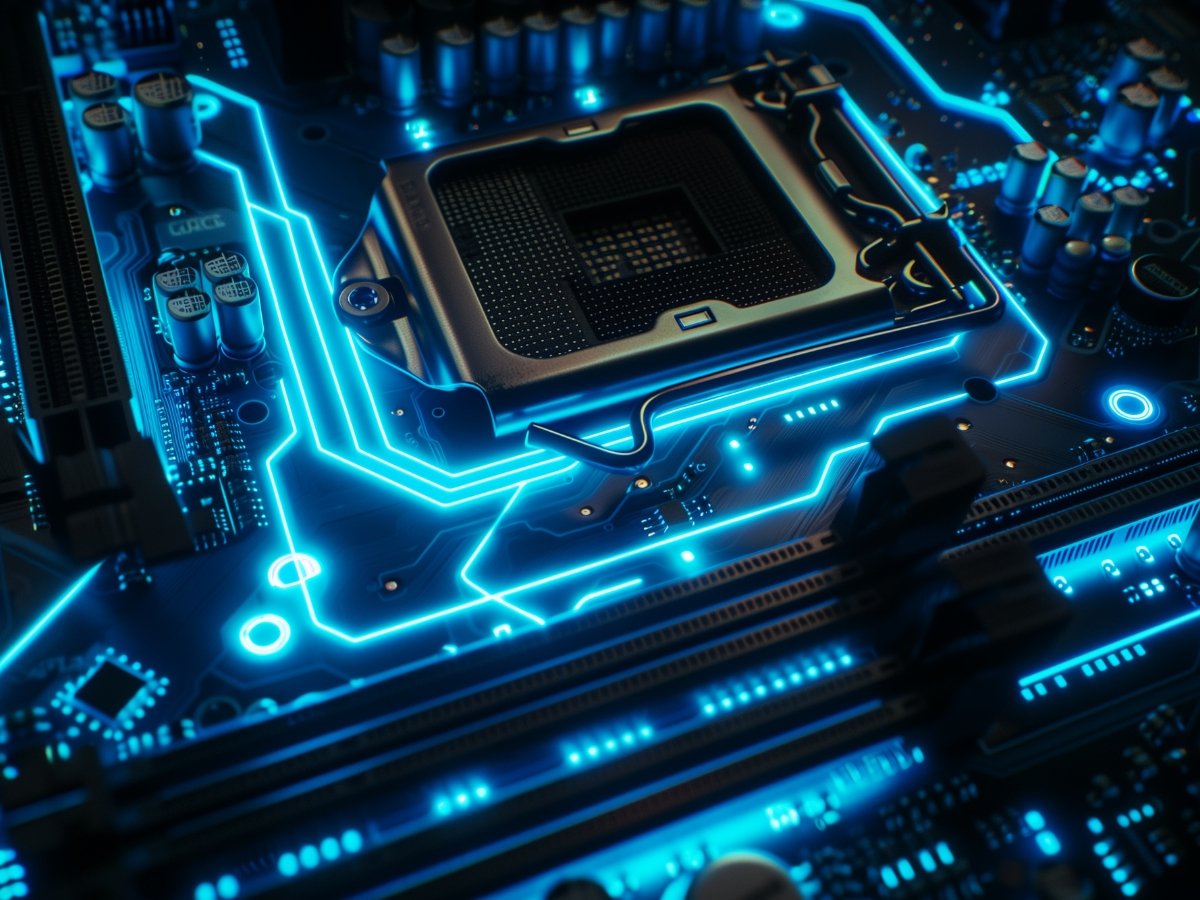Artificial Intelligence isn’t coming to chip design—it’s already here. From automating place-and-route to optimizing power, performance, and area (PPA), AI-powered EDA tools are now being adopted at scale by global semiconductor giants. For VLSI engineers, the era of AI-integrated workflows has begun—and the question is no longer if, but how fast can you adapt?
In this blog, we’ll break down how AI is reshaping the VLSI industry, what roles are evolving, and how you can upskill to stay relevant in this fast-moving landscape.
AI-Powered EDA Tools Are Now Mainstream
Major companies like Synopsys, Cadence, and Siemens have already released AI-enhanced tools that are revolutionizing the VLSI design process:
- Synopsys DSO.ai: Uses reinforcement learning to automate design space optimization across PPA metrics.
- Cadence Cerebrus: AI-driven flow optimization platform used in advanced node designs (down to 3nm).
- Siemens Solido & Symphony: Integrates AI for analog and mixed-signal verification.
These tools are being used in production-level tape-outs, reducing design times and improving silicon efficiency. As a result, manual, iterative tasks are now being augmented or replaced by smart, self-learning algorithms.
What This Means for VLSI Engineers
The AI revolution in chip design is creating two distinct outcomes:
- New opportunities for engineers who can operate AI-assisted EDA flows.
- Redundancy risks for those stuck only in traditional manual methods.
To stay ahead, VLSI professionals must now:
- Learn to work alongside AI tools rather than compete with them.
- Focus on interpreting results, improving models, and guiding AI flows.
- Build hybrid skill sets that combine physical design or verification with Python scripting, data analytics, and ML basics.
Key Skills That Will Keep You Relevant
Here’s what modern VLSI engineers need to master:
| Skill Area | Why It Matters |
| AI in EDA Tools | Know how to guide AI placement/routing, and optimize PPA. |
| Python & Scripting | Automate flows, generate constraints, analyze outputs. |
| ML Fundamentals | Understand basic supervised learning, RL, and AI pipelines. |
| Data-Driven Debugging | Use logs, waveform analytics, and yield data to guide design. |
| Prompt Engineering | Use LLMs like GPT to write testbenches or debug scripts faster. |
The Global Demand Is Rising
- Over 100+ chip designs have already used AI-powered tools like DSO.ai for commercial success.
- The EDA market is expected to cross $30B+ by 2030, with AI automation a major contributor.
- MNCs are hiring engineers who understand both traditional flows and modern AI-integration skills.
- In short: companies are redesigning chips using AI—and they’re redesigning job roles too.
How MOSart Labs Helps You Stay Future-Ready
At MOSart Labs, we’re not just teaching you how VLSI worked 10 years ago. Our IIT-certified VLSI PG Diploma integrates:
- Training on AI-enhanced EDA tools
- Real projects in physical design, STA, DFT, with exposure to AI-driven flow optimizations
- Cloud-based lab access for flexible, tool-based learning
- Expert mentors to help bridge the gap between traditional design and future workflows
- Whether you’re just starting out or upskilling mid-career, we make sure you stay AI-ready and job-relevant.
Final Thoughts
AI is no longer a buzzword in VLSI—it’s the backbone of next-gen chip design. Engineers who embrace AI-enhanced design will lead tomorrow’s semiconductor innovation. Those who don’t risk being left behind.
Start building your AI-integrated VLSI future today—with hands-on, tool-based learning that’s aligned with industry demands. MOSart Labs is here to guide your transformation.



